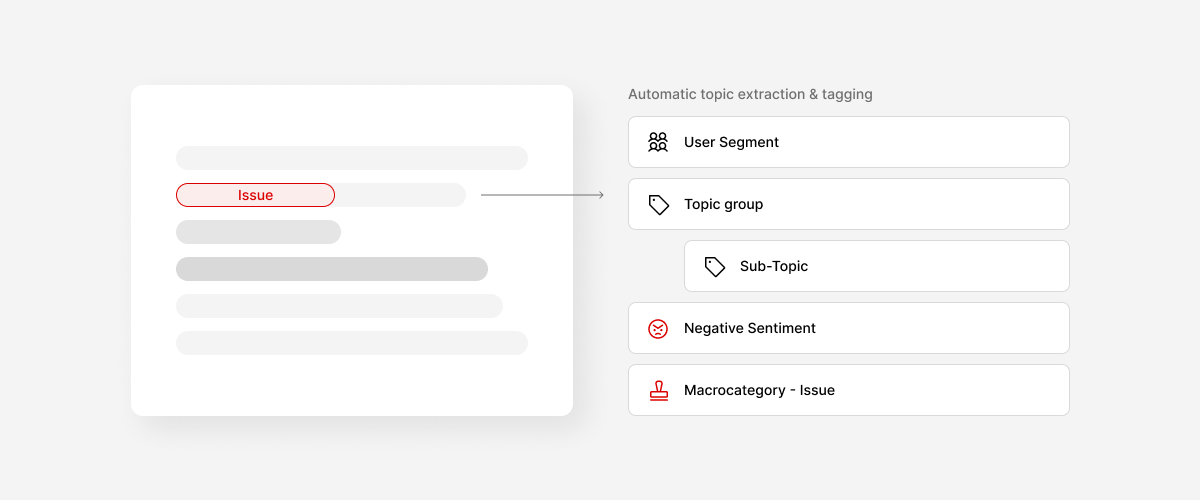Setting Goals for Success: The Power of SMART Objectives in Product Management and CX
Imagine reaching for a target blindfolded. It's challenging, right? SMART objectives are like taking the blindfold off, providing a clear and focused path towards achieving your product goals.

What are SMART Objectives?
SMART stands for Specific, Measurable, Achievable, Relevant, and Time-bound. This framework ensures your objectives are well-defined, actionable, and have a realistic chance of success within a set timeframe.
Why are SMART Objectives Important?
By using SMART objectives, you gain:
- Clarity and Direction: Everyone involved understands what needs to be done and how.
- Focus and Prioritization: Resources are efficiently allocated towards clearly defined goals.
- Accountability and Measurement: Progress is easily tracked, fostering a culture of ownership.
- Increased Success Rate: Measurable goals make achieving desired outcomes more likely.
Putting SMART into Action:
Here's how to apply the SMART framework:
- Specific: What exactly do you want to achieve? Avoid ambiguity.
- Measurable: How will you measure success? Define key performance indicators (KPIs).
- Achievable: Is this objective realistically attainable with your resources and capabilities?
- Relevant: Does this objective align with broader business goals and bring value?
- Time-bound: When should this objective be achieved? Set a clear timeframe.
Example: Boosting Hyper-casual Mobile Game Engagement
Imagine you're tasked with increasing the monthly active users (MAUs) of an hyper-casual mobile game. Here's a SMART objective:
- Specific: Increase MAUs (Monthly Active Users) by 20%.
- Measurable: Track MAUs using an analytics platform.
- Achievable: Collaborate with the marketing team to create targeted campaigns and ensure server infrastructure can handle the influx.
- Relevant: Aligns with the business goal of increasing revenue through in-app purchases.
- Time-bound: Achieve the 20% increase within the next quarter.
Once defined, communicate the SMART objectives to your team, allocate resources, and regularly monitor progress.
When to Use SMART Objectives in Product Management:
SMART objectives are versatile and applicable within various stages of product management, including:
- Product Launch: Set goals for user acquisition, adoption rates, and initial revenue.
- Feature Development: Define SMART objectives for features, including timeline, quality, and functionality.
- Market Expansion: Establish measurable objectives for entering new markets or demographics.
- Performance Improvement: Address performance issues with defined goals for user experience, speed, or functionality.
SMART vs. OKRs:
It's important to differentiate SMART goals from OKRs (Objectives and Key Results). Unlike SMART goals, which typically focus on a single metric, OKRs set ambitious and qualitative objectives with several measurable key results. Both methods have their merits, and choosing the right approach depends on your specific needs.
By adopting SMART objectives, product managers can navigate their journey with greater clarity and purpose, ultimately leading to a higher chance of achieving their desired product outcomes.



























